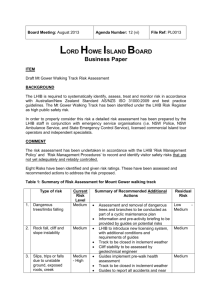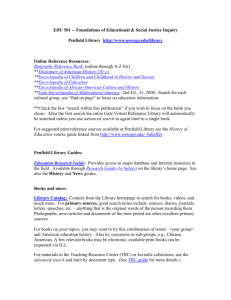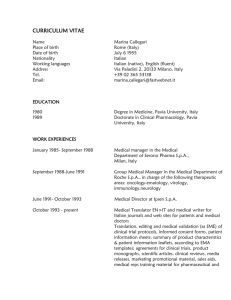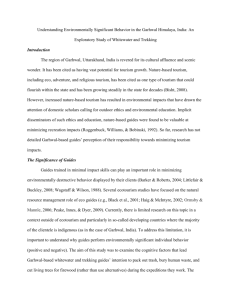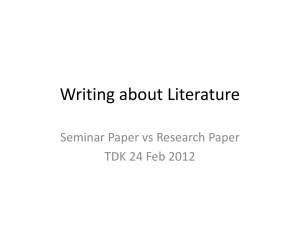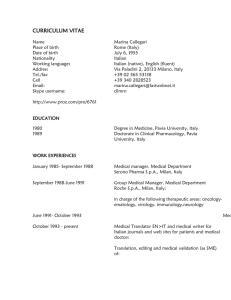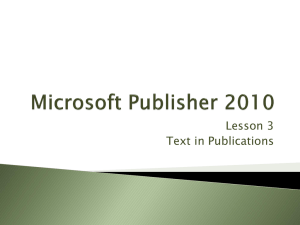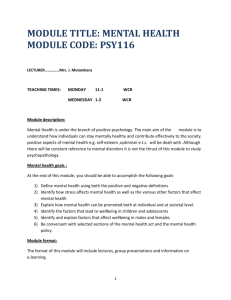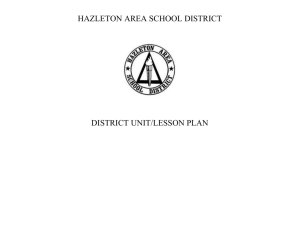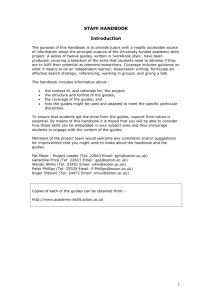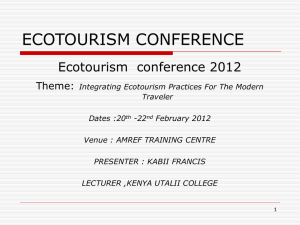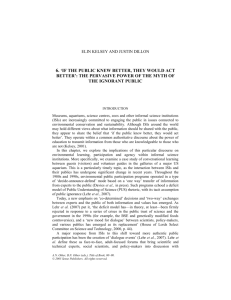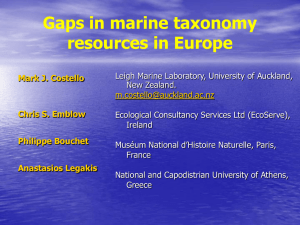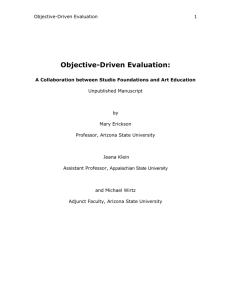The Kingdom of Kay Oss Once in the land of Serenity there ruled a
advertisement
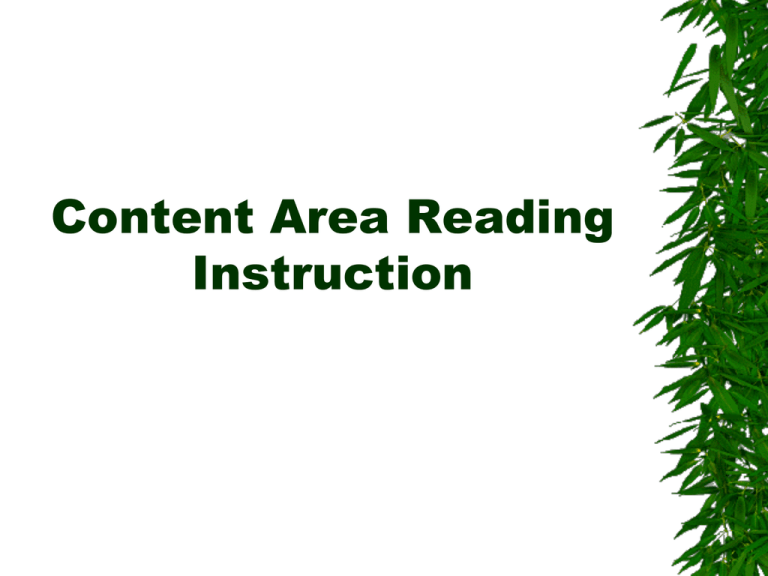
Content Area Reading Instruction What is the content area teacher’s role in teaching reading? Who is the content area teacher? – Any teacher who uses reading as an instructional tool. What are the three levels of reading? – Mastery level - above 95% comprehension – Instructional level - around 95% or slightly below - needs help to read – Frustration level – reading is to difficult – learning is blocked Direct and Functional Reading Instruction Direct – teaching someone to read – Phonemes – Graphemes – Skills Functional – teaching reading strategies to gain access to more written materials. – Comprehension – Construction of Knowledge Content Area Teachers Need to Do Both A shift takes place toward functional instruction. (hopefully) Knowing why leads to knowing how – We will study both theory and practice. A group of English, science, social studies, mathematics, physical education, art, and home economics teachers were asked a series of questions about their actions in relation to reading. On two of the questions asked, here is how they responded:* 1. Do you require reading in your course? 97% yes, 3% no. 2. Do most of your students read their assignments? 58% yes,42% no. Approximately three hundred students of the teachers who responded “no” to the second question were then asked these questions: 1. Do you like to read? 52% yes, 38% no, 10% no response. 2. Do you read your assignments in this class? 15% yes, 81% no, 4% no response. 3. Do your tests cover mainly lecture and discussion or reading assignments? 98% lecture and discussion, 2% reading. 4. Are you required to discuss your reading assignments? 23% yes, 70% no, 7% no response. 5. Does your teacher give you purpose for reading or are you only given the number of pages to read? 95% pages, 5% purpose. 6. Does your teacher bring in outside material for you to read and recommend books of interest for you to read? 5% yes, 95% no. 7. Does your teacher like to read? 20% yes, 33% no, 47% don’t know. The Timeframe of Content Area Reading Activities Pre-reading Strategies Reading/Text Interaction Strategies Post-reading Strategies Overall Strategies and Activities K-W-L – Know-Want to Know-Learn Dr-TA – Directed Reading-Thinking Activity GRP – Guided Reading Procedure Intra Act Discussion Web K-W-L Introduce the Strategy Model the Strategy Through Brainstorming Have students use KWL sheets Read text to answer Questions DR-TA Prediction Verification Judgement GRP Prepare Students for Reading Assign a Reading Selection Turn Books Face Down Tell what you remember Help students recognize that there is Much they have not remembered. Redirect students to the passage for corrections Create an outline based on remembrances Extend Questioning for analysis and synthesis Provide immediate feedback and or assessment Intra Act A game that lays the groundwork for reflective discussion Steps – 1.Prediction - pre-reading strategies – 2.Relating – personal reactions to the topic – 3.Valuation – game sheet – 4. Reflection – How did your ideas stand up Discussion Web Activate Prior Knowledge Assign selection and introduce discussion web Students work in pairs Combine into groups of four to compare responses Give three minutes for groups to prepare a defense for their answers. Spokesperson Whole Class discussion Students write final responses – display them Prereading Strategies Curiosity Arousal Creating Story Impressions Story Chain Establishing Problematic Perspectives Anticipation Guides Student Generated Questions ReQuest – Designed for one-on one – Teacher and student (s) read a section at a time pose questions to each other – Shift to predictions before reading Expectation Outlines – Students read the beginning of a selection – Five to ten questions they think will be answered – Discuss questions – Read and discuss whether they were answered Reading Guides Three Level Guides Pattern Guides Selective Guides Outlining Jot Chart Network Trees Chains Semantic Maps Selective Reading Guides How to think with print. Eliminate all sections irrelevant to the lesson purpose. Teacher must know how to process info. from our own subject area and according to the curriculum. Three Level Guides Based on Levels of Comprehension – Literal – Interpretive – Applied Create a set of questions as a study guide in these three areas. Remember that these levels are not completely discreet, Text Pattern Guides Examine a reading selection Make students aware of the pattern Provide Guidance Provide Assistance Text Patterns Description Sequence Comparison and Contrast Cause and Effect Problem and Solution Pattern Signals Graphic Representations Graphic or visual representations help learners comprehend and retain textually important information. When students learn how to use and construct graphic representations, they are in control of a study strategy that allows them to identify what parts of a text are important, how the ideas and concepts encountered in the text are related, and where they can find specific information to support more important ideas. Outlining – The Classic Approach Venn Diagram Semantic Maps Comparison and Contrast Matrices Problem and Solution Chart Network Trees Events Chains Writing Summaries GRASP – Guided Reading and Summarizing Procedure – Based on GRP – Read – Turn Book Down - Summarize Summary Polishing Note Taking SQ3R Other Study Strategies – e.g. graphic representations



